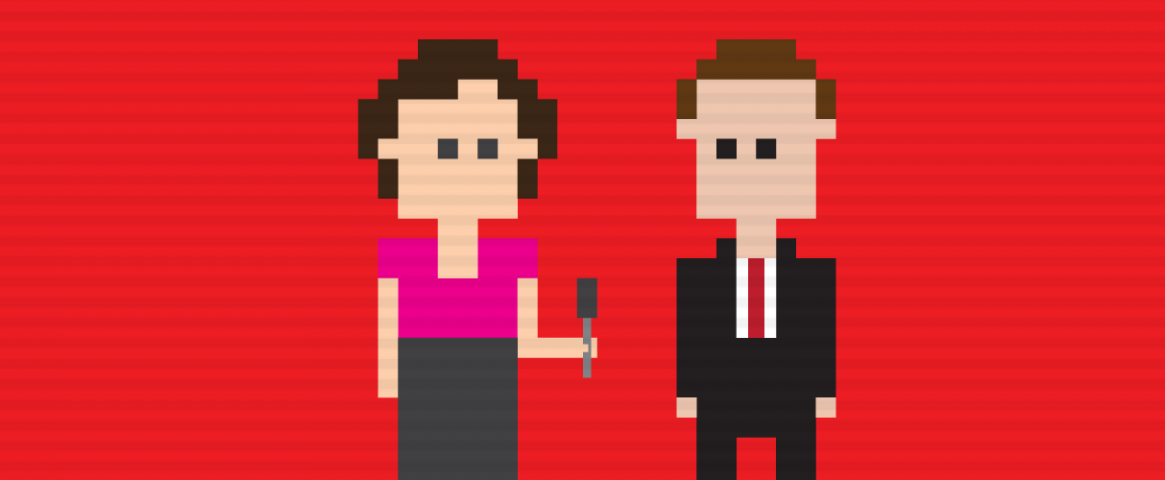By Calley Jones
In November 2017, a viral open letter accused University of California, Santa Cruz professor Gopal Balakrishnan of widespread sexual abuse and misconduct. Around the same time, three women filed sexual harassment complaints against David Marchant, a former Boston University field leader in Antarctica. Both of these cases were covered, from start to finish, by major news outlets. Both resulted in the termination of the accused.
A panel discussion at the ScienceWriters2020 conference, held virtually this October, suggested that this might not be a coincidence.
“As journalists, you have tremendous power,” said Ann Olivarius, chair of the law firm McAllister Olivarius, which specializes in cases of sexual harassment. “You make institutions accountable. You make people who have been accused of wrongdoing accountable.”
The October 22nd session, entitled “Investigating sexual harassment in science,” probed the responsibilities of journalists in exposing such cases to the public eye. In addition to Olivarius, the panel included an editor, a scientist, a public affairs officer, and several journalists who have been involved in these stories. The panelists discussed their experiences and provided advice for journalists covering these stories.
“Not every case can become a major investigation or is going to make huge headlines,” said Elizabeth Culotta, editor of the David Marchant story and deputy editor at Science magazine. She evaluates the newsworthiness of proposed stories based on the institutional rank of the accused, the egregiousness of the behavior, patterns in the accusations, and the availability of documents and witnesses. She also notes the importance of making sure the survivor is emotionally prepared to speak openly on their experiences.
Janneke Noorlag, a lab manager at the University of Aysen in Chile and a survivor of academic sexual violence, emphasized that a journalist shouldn’t be the first person with whom a survivor discusses their experience. “A good way to start is to ask the survivor if he or she has a support network,” Noorlag said.
So how do you build trust with a survivor who is ready to speak out? Nidhi Subbaraman, a senior reporter at Nature who reported on the Gopal Balakrishnan case, suggested starting with an off-the-record interview to establish the scope of the story and determine if any supporting documents will be necessary. Subbaraman also stressed that sources should understand the length and depth of the reporting process to avoid surprises later on.
The panel also discussed important ‘dos and don’ts’ of covering these stories. According to Olivarius, one of the most important things a journalist can do to evoke social change is name the accused. Meredith Wadman, a reporter at Science who covered the David Marchant story, echoed that interviewing the accused is also crucial, but it’s often difficult to access them directly. She also discussed the emotional cost of covering such stories.
“I really live with the results for their particular families,” Wadman said. “David Marchant had a ten-year-old girl and a fifteen-year-old son. There’s collateral damage in these things.”
The emotional toll of such reporting was touched on by several panelists and led to a discussion on self-care. Olivarius mentioned that her firm covers the cost of counseling sessions, if needed, for staff working triggering cases, and she suggested that editors offer a similar service to reporters.
What should you avoid doing in these stories? Noorlag warned reporters not to sensationalize. “If anybody wants to really talk about the details of what happened, it should be the survivor her- or himself.”
Olivarius also advised against breaking a story before a formal lawsuit has been filed. While information sharing between reporters and lawyers can help build a more cohesive case, waiting for the lawsuit protects reporters against defamation charges.
The session provided several tips and resources for anyone considering covering such a story. Further, the panel affirmed that anyone — especially men — can report on sexual harassment.
“Thinking that women reporters or editors should be the only ones who do this kind of reporting is just placing the burden on them. And it's just sexist,” said freelance journalist Rodrigo Pérez Ortega. Pérez Ortega co-organized the session with science journalist Lindzi Wessel. Culotta expanded on this by pointing out that even women must recognize they bring a single, limited perspective to their reporting.
Read stories about the allegations and actions in David Marchant case. Read about the Gopal Balakrishnan case here, here, here and here.
Participants registered for ScienceWriters2020 can access the session recording in the Whova app for 6 months.
Calley Jones is a postdoctoral fellow at Mayo Clinic. She has written for Mayo Clinic’s research magazine Discovery’s Edge, and plans to continue writing about basic biology and health sciences. Follow her on Twitter @CalleyJSciWri or email her at Calley.J.Jones@gmail.com.

